Rank Species | Genus Melaleuca Higher classification Melaleuca | |
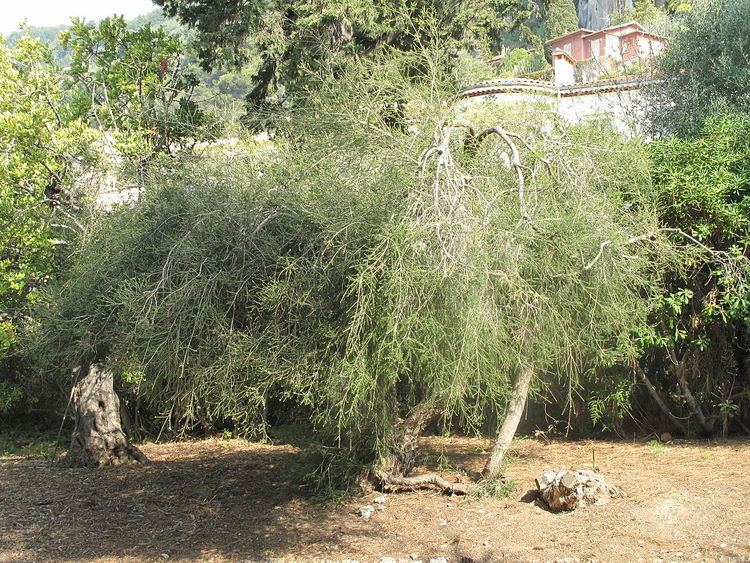 | ||
Similar Melaleuca, Gum trees, Lavender, Camellia sinensis, Ylang‑ylang | ||
Melaleuca alternifolia tea tree
Melaleuca alternifolia, commonly known as narrow-leaved paperbark, narrow-leaved tea-tree, narrow-leaved ti-tree, or snow-in-summer, is a species of tree or tall shrub in the myrtle family, Myrtaceae. Endemic to Australia, it occurs in southeast Queensland and the north coast and adjacent ranges of New South Wales where it grows along streams and on swampy flats, and is often the dominant species where it occurs.
Contents
- Melaleuca alternifolia tea tree
- Tea tree oil melaleuca alternifolia
- Description
- Taxonomy and naming
- Distribution and habitat
- Horticulture
- Medicinal uses
- References
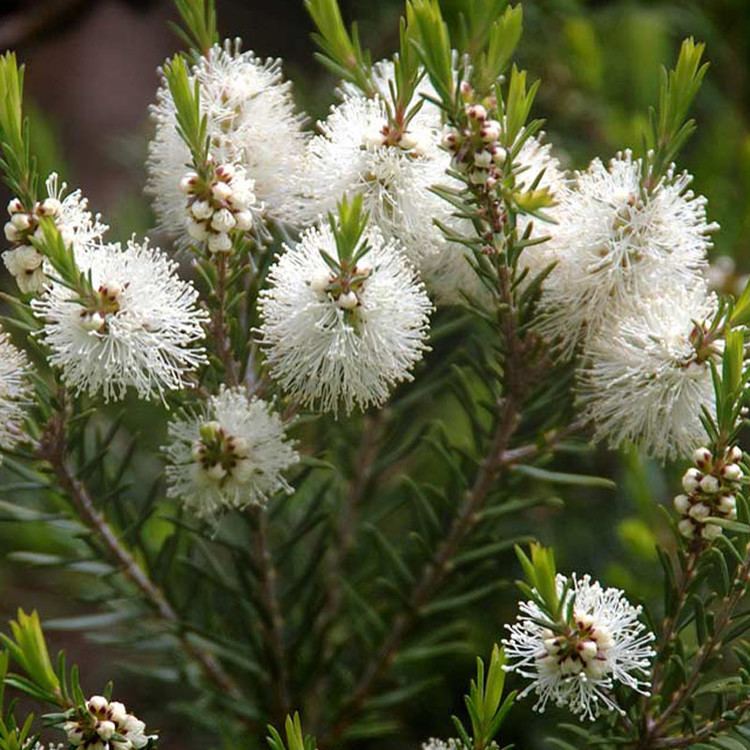
Tea tree oil melaleuca alternifolia
Description
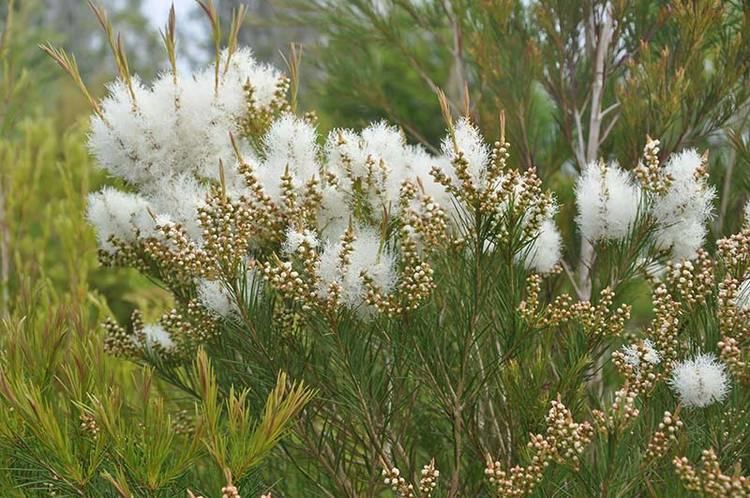
Melaleuca alternifolia is a small tree to about 7 m (20 ft) with a bushy crown and whitish, papery bark. Leaves are linear, 10–35 mm (0.4–1 in) long and 1 mm (0.04 in) wide, smooth and soft. They are also rich in oil with the glands prominent. Flowers occur in fluffy white masses of spikes 3–5 cm (1–2 in) long over a short period, mostly spring to early summer. The small woody, cup-shaped fruit, 2–3 mm (0.08–0.1 in) in diameter are scattered along the branches.
Taxonomy and naming
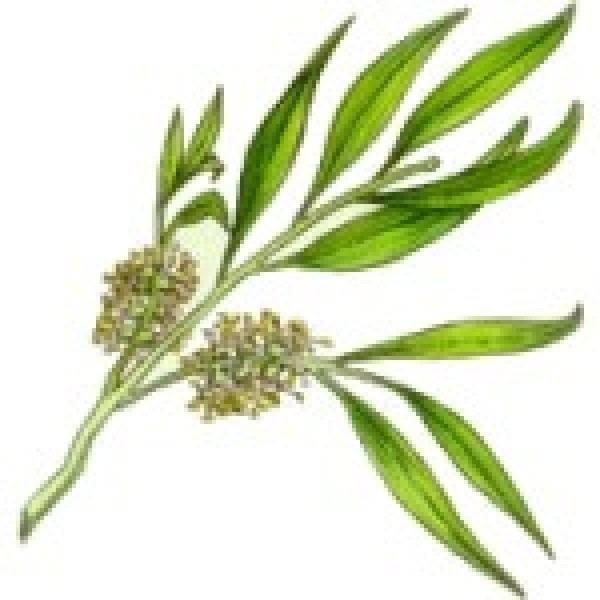
Melaleuca alternifolia was first formally described in 1905 by Joseph Maiden and Ernst Betche as Melaleuca linariifolia var. alternifolia. It was renamed Melaleuca alternifolia in 1925 by Edwin Cheel. The specific epithet (alternifolia) is a botanical term meaning "having leaves that alternate on each side of a stem".
Distribution and habitat
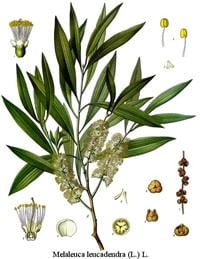
Narrow-leaved paperbark occurs from the Grafton district in New South Wales and as far inland as Stroud, north to Maryborough in Queensland. It grows along streams and in swampy places.
Horticulture
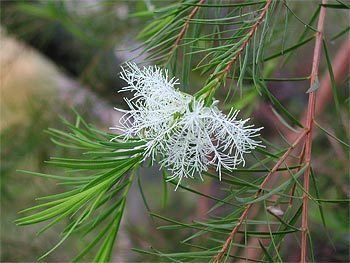
This species grows well in a wide range of soils and climates. It prefers well-drained but moist soils and to be grown in full sun.
Medicinal uses
The indigenous Bundjalung people of eastern Australia use "tea trees" as a traditional medicine by inhaling the oils from the crushed leaves to treat coughs and colds. They also sprinkle leaves on wounds, after which a poultice is applied. In addition, tea tree leaves are soaked to make an infusion to treat sore throats or skin ailments.
Characteristic of the myrtle family Myrtaceae, it is used to distill essential oil. It is the primary species for commercial production of tea tree oil (melaleuca oil), a topical antibacterial. It may be effective for treating fungal infections such as Athlete's foot.
Tea tree oil is toxic if ingested in large amounts and may cause skin irritation if used topically in high concentrations. No deaths have been reported.
